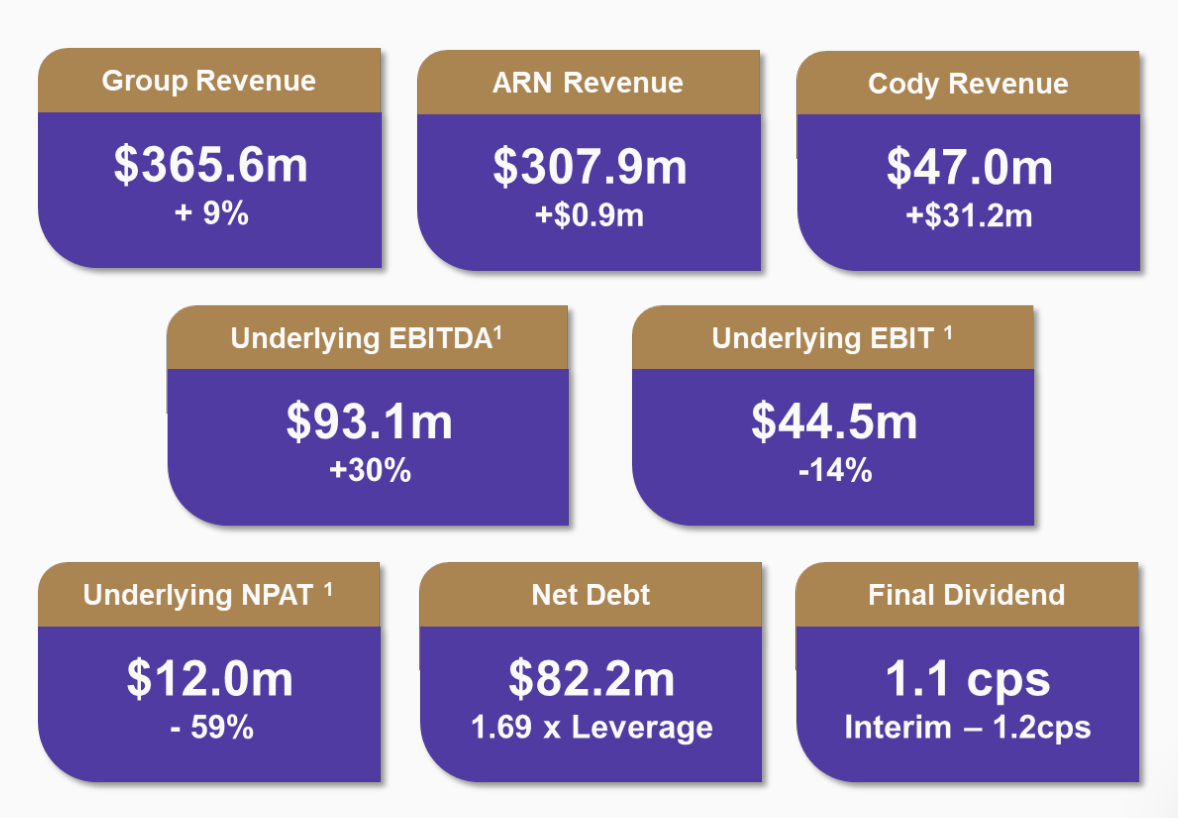The Australian Radio Network (ARN) has launched a three-year transformation program aimed at slashing $40 million in costs, around 20% of the business’s cash base, to free up capital for growth-driving initiatives.
The media giant made the announcement to shareholders at its latest Annual General Meeting (AGM) today at it’s North Sydney headquarters.

The Numbers
Net assets: $291.4m
Net debt: $82.2m
Undrawn debt facilities: $64.2m
Total dividend: 2.3cps

Three-year transformation
Facing a tough ad market and the economic fallout of the failed SCA merger, ARN is tightening its belt and recalibrating from the inside out. The three-year transformation is focused on six key levers, including cost discipline, which is already in play.
Other measures to be carried out include:
• Reduction in executive and staff headcount.
• Freezing salaries across the company.
• Replacing underperforming or expensive programs with cost-effective alternatives.
• Reviewing all supplier arrangements and discretionary spending.
The transformation has already led to significant job cuts, which Chair Hamish McLennan described as “difficult but necessary” to shift resources away from internal admin and towards content, tech, and monetisation.
“This is about unlocking our potential, becoming a business where data, agility, and creativity lead,” he said.

Chair Hamish McLennan
Resetting the business
In a pointed industry callout, ARN Media used its AGM to reiterate its stance on media law reform.
The company warned that outdated ownership regulations are holding local players back from competing with global platforms like Meta and Google, and called for a regulatory reset to allow consolidation, innovation, and scale.
“Structural reform and consolidation are necessary to create a stronger, more sustainable domestic media sector,” McLennan said.
Cultural refresh
The transformation plan is as much about internal agility as it is about external growth, according to CEO Ciaran Davis.
“We are recalibrating the operating model, culture and cost base of the business to drive consistent growth,” he said. That means simplifying how the company works, reducing layers of management, and ensuring clearer roles and accountability.
More to come
